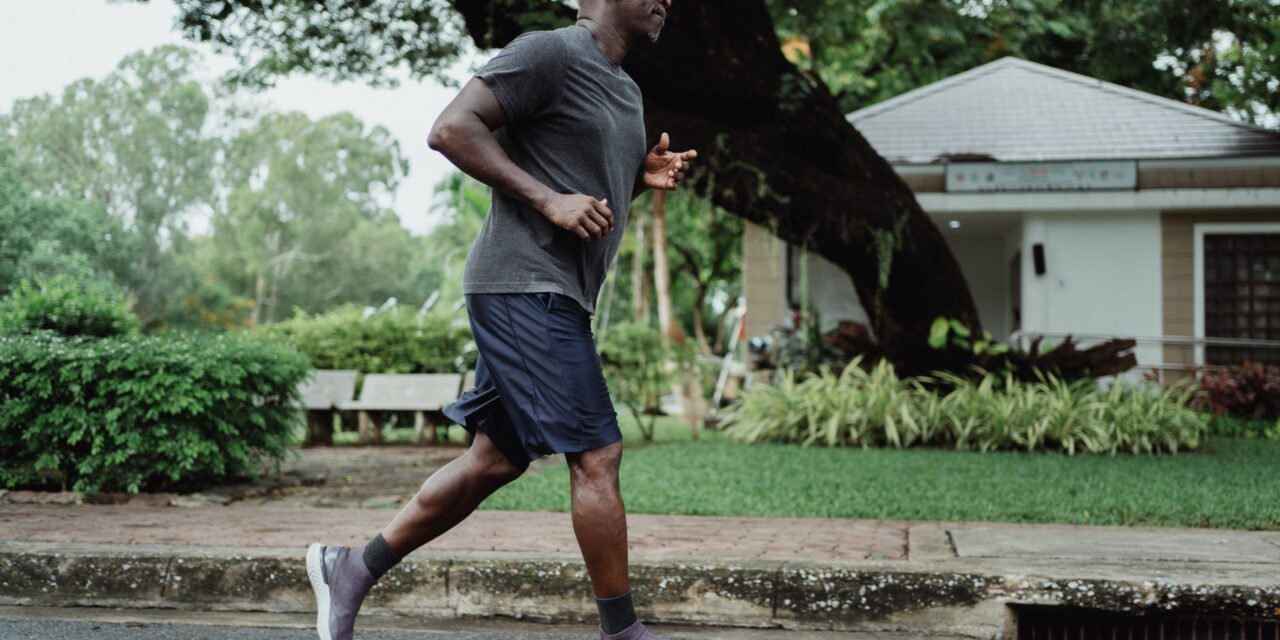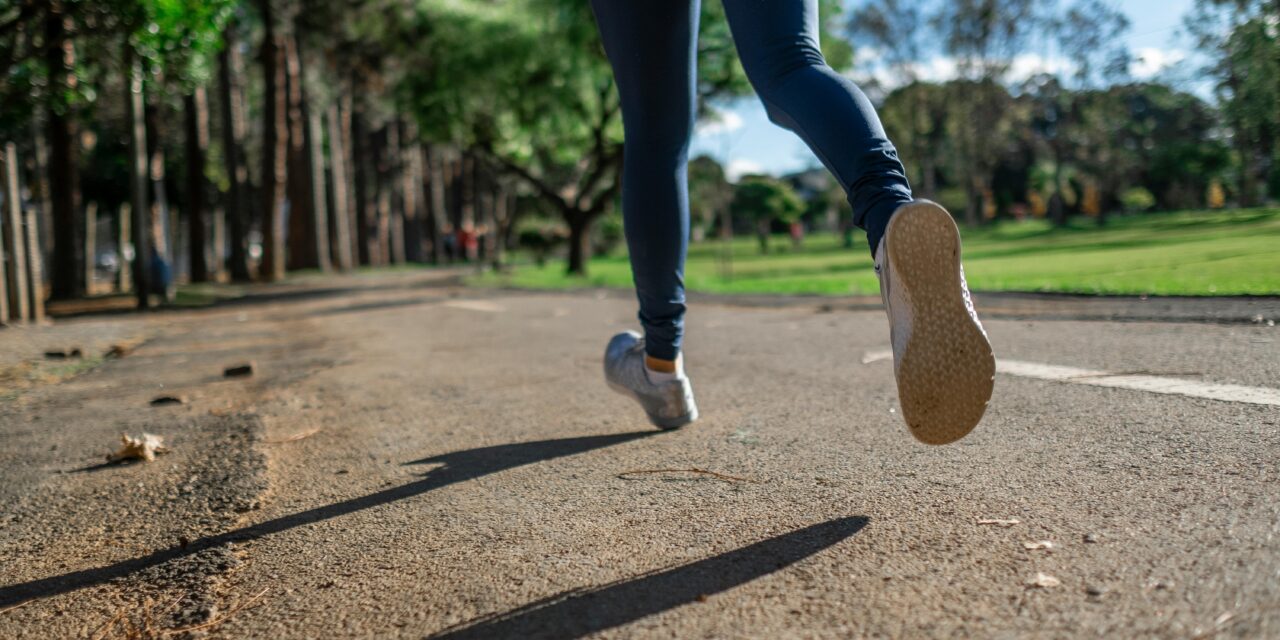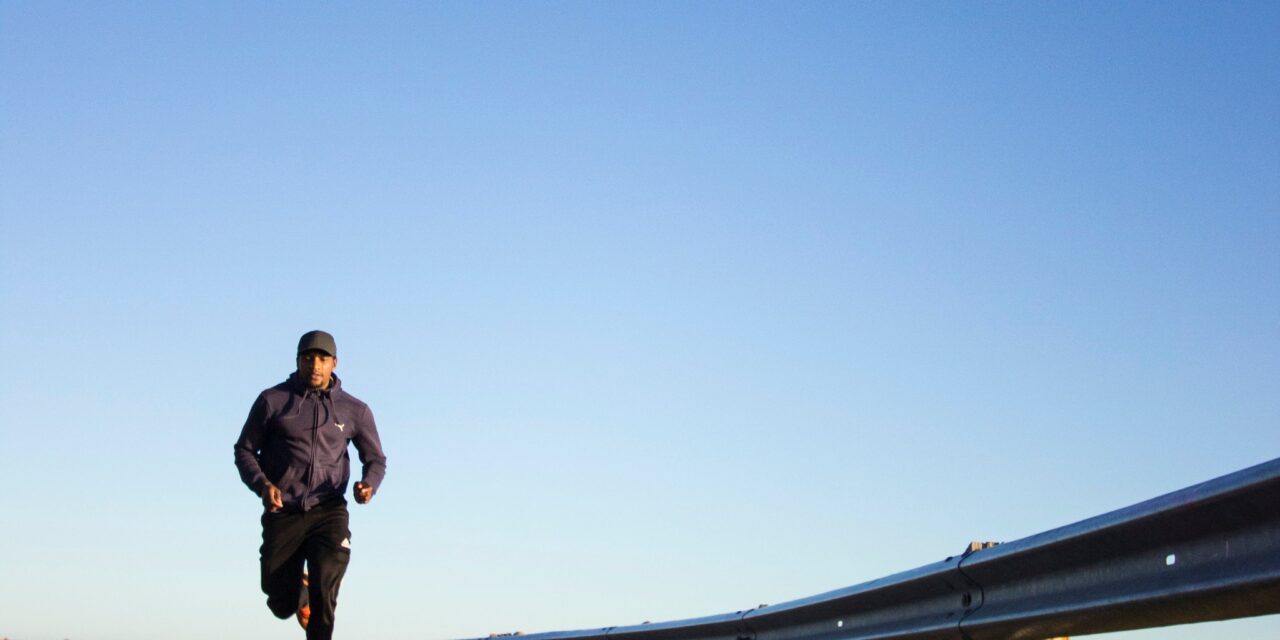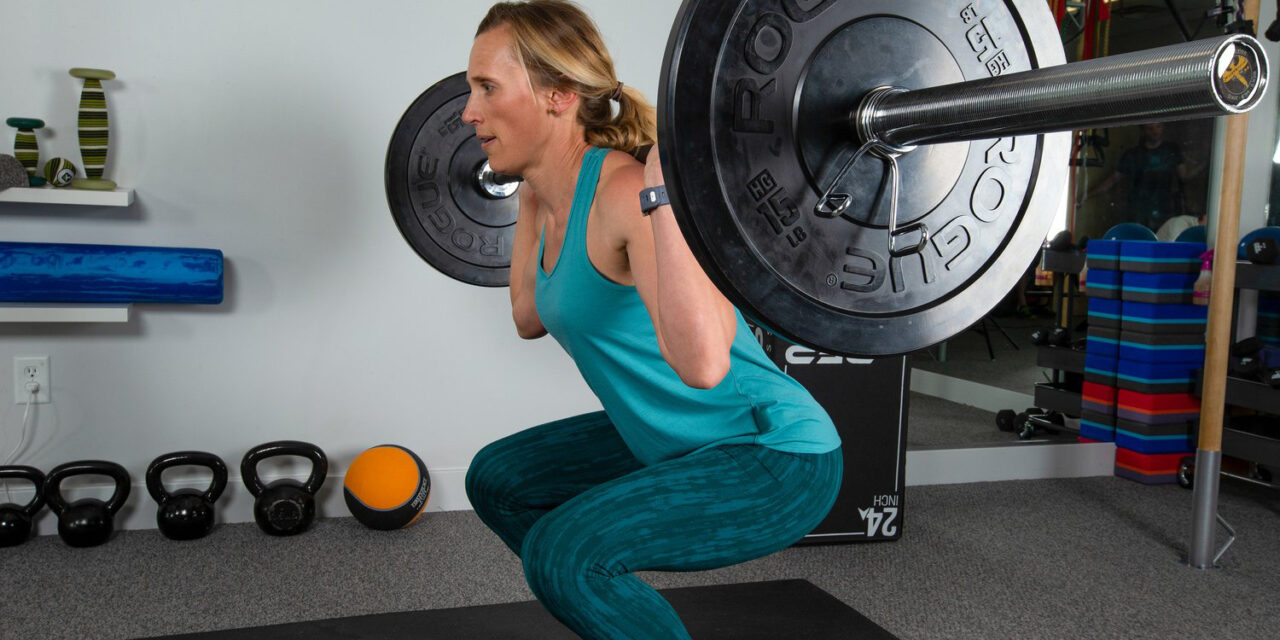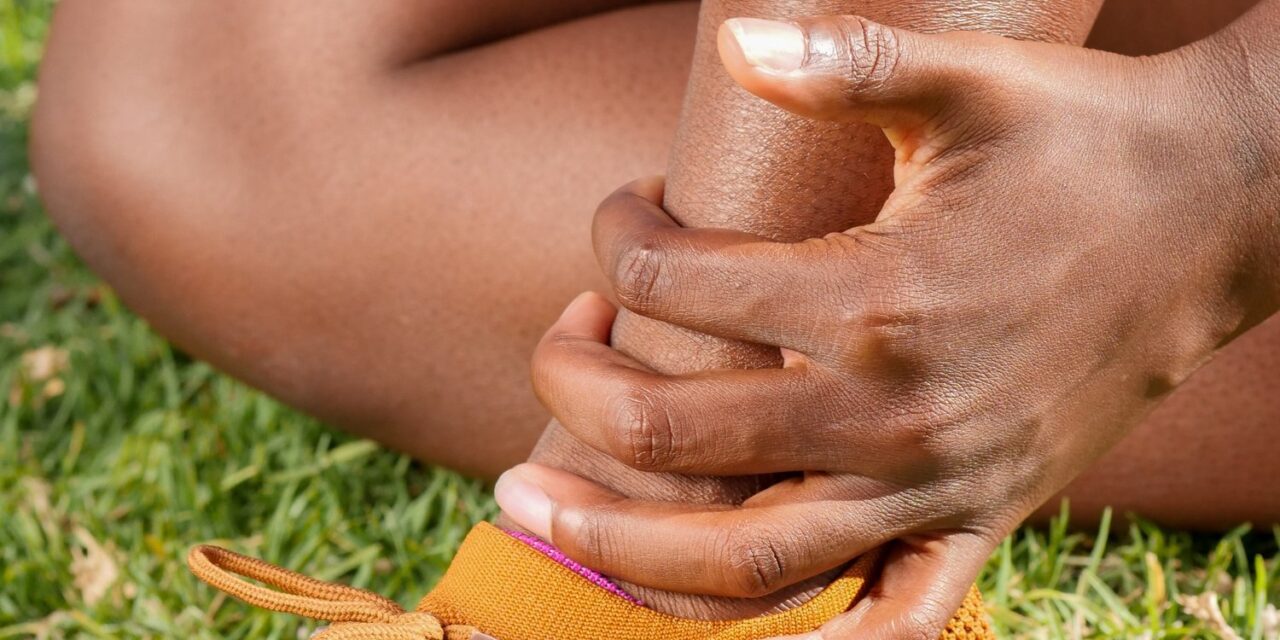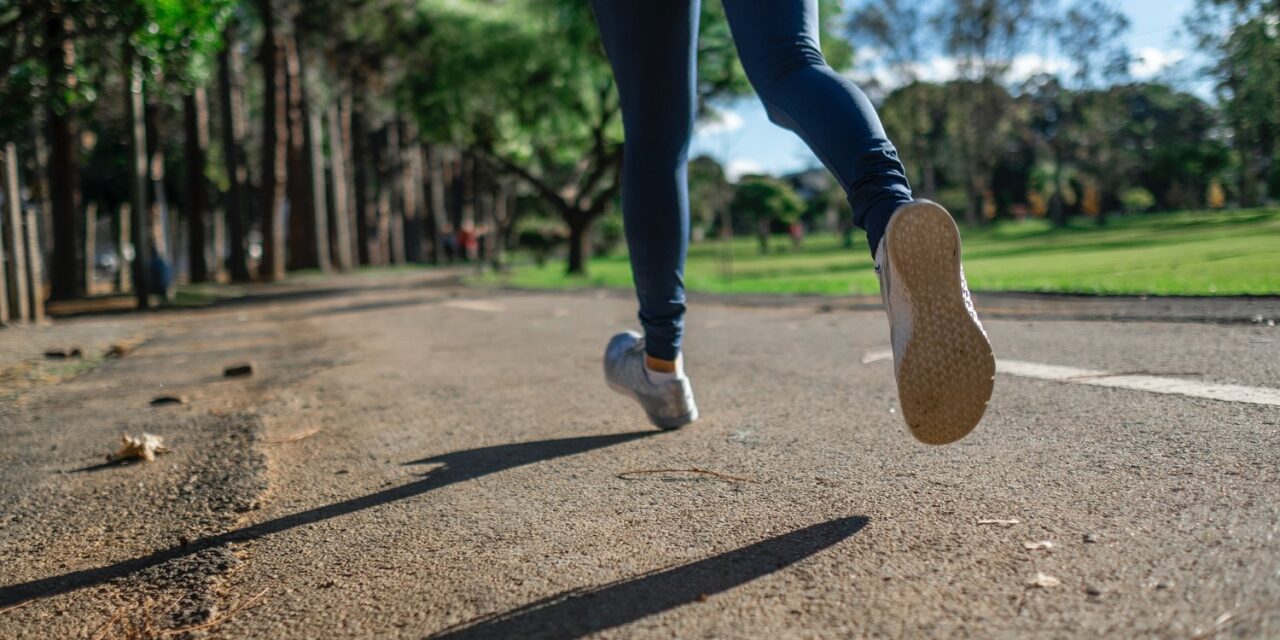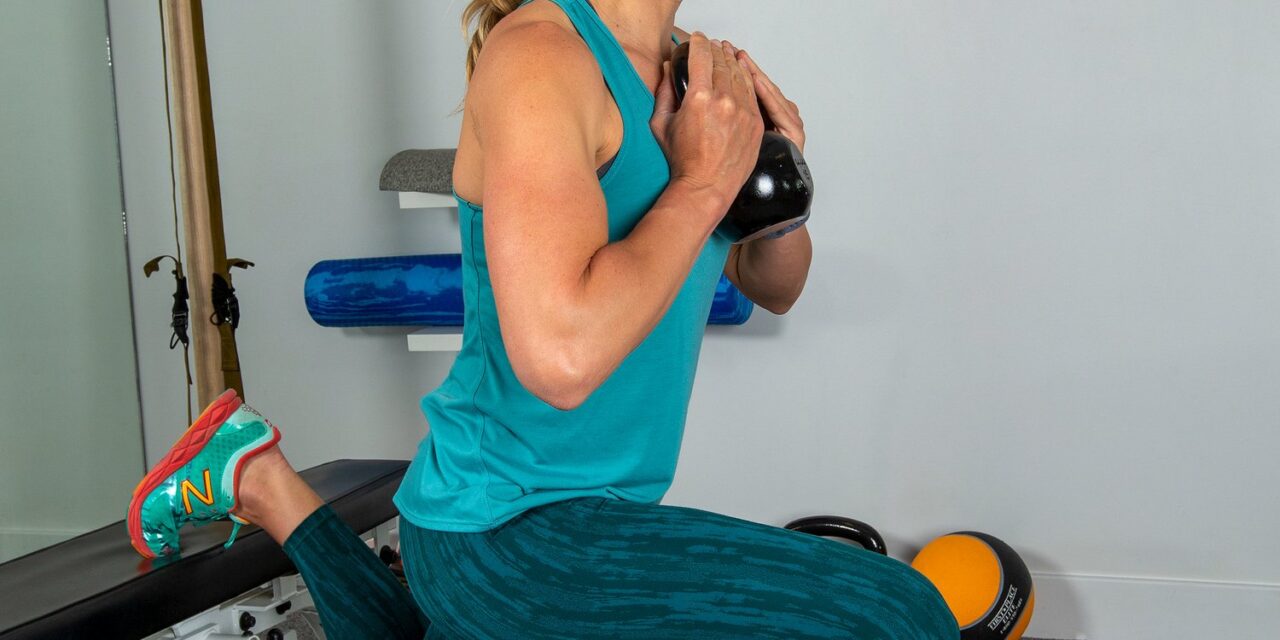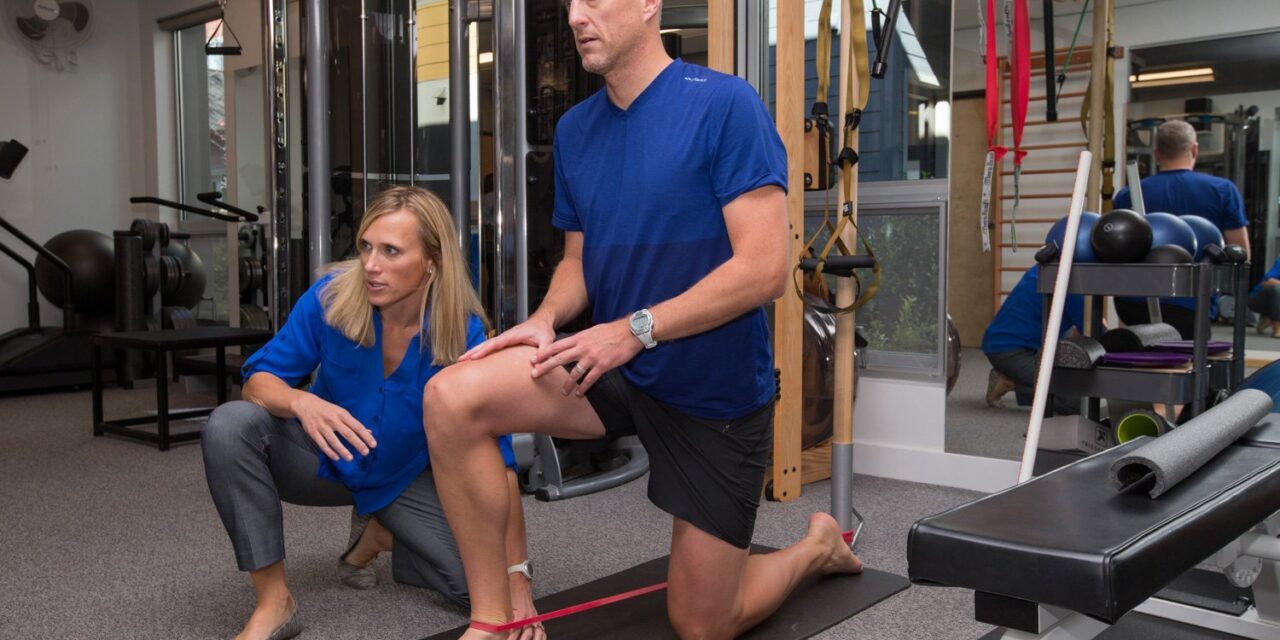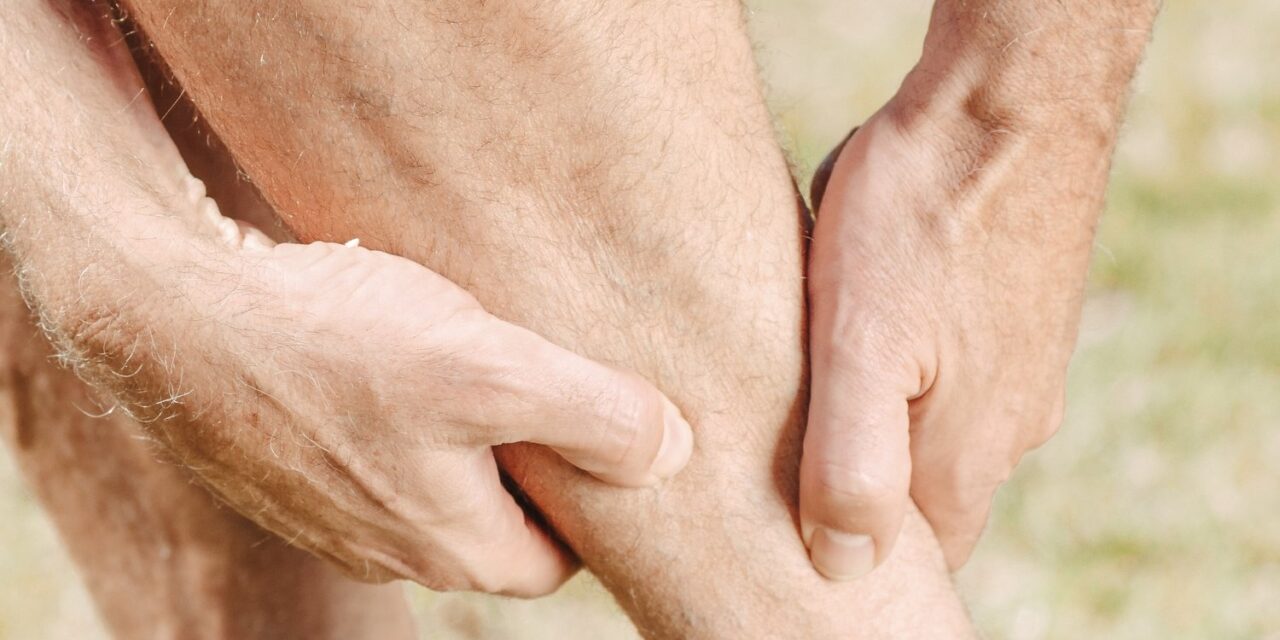Our Boulder Physical Therapy and Lafayette Physical Therapy clinics have written numerous blogs illustrating the benefits of strength training for runners. Previous authors have shown that strength training is effective for improving running economy and rate of force development which can help you reach your distance, pace, or performance goals. As the race season begins,...
We have written numerous blogs on the benefits of strength training for our Boulder Physical Therapy clinic and Lafayette Physical Therapy clinic runners including improved health and performance, as well as, a lower risk of running related injury. While far from a silver bullet, emerging evidence has shown strength training can reduce a runner’s risk...
The running season may be winding down, but that doesn’t mean you should stop exercising. Though you might not be logging as many miles, it is an excellent time to work on other areas of training such as strength and mobility. Many of the runners we see in our Boulder Physical Therapy and Lafayette Physical...
At our Lafayette Physical Therapy and Boulder Physical Therapy clinics we are continuously working on getting runners back to the sport they love. There is great research available these days for examining the best ways to get athletes back to running. The article “External loading of common training drills: Ranking drills to design progressive return-to-run...
In our Lafayette Physical Therapy and Boulder Physical Therapy clinics we commonly examine and treat runners with overuse injuries. The article “Risk factors for overuse injuries in short- and long-distance running: A systematic review” examines the risk factors associated with overuse injuries in both short and long-distance running. The study involved a systematic review of...
Tarsal tunnel syndrome (TTS) is a condition that results from compression or entrapment of the posterior tibial nerve within the tarsal tunnel of the medial ankle giving symptoms of numbness, burning, and paresthesias in the heel, ankle, or sole of the foot (1). TTS can have several potential causes including trauma, soft tissue inflammation, and...
Running related injuries are common and up to 90% of runners report an injury which limits their ability to train or compete. In our Boulder Physical Therapy and Lafayette Physical Therapy clinics the cause of these injuries is often either too much too soon or too little for too long. Either category can lead to...
A number of studies have shown a relationship between ankle mobility and lower quarter injuries. In our Boulder and Lafayette Physical Therapy clinics we often identify these impairments during our Physical Therapy examination. A loss of mobility in one area of the body can lead to overuse of an adjacent area. Examples include a loss...
3 Things Runners Should Look For To Determine If Your “Hamstring Problem” Is Really Your Hamstring
October 23, 2022
At Mend, we specialize in treating runners and endurance athletes in our Boulder and Lafayette clinics. We see numerous cases each year of runners presenting with “proximal hamstring” or “high hamstring” injuries. Symptoms are typically localized at the proximal portion of the hamstring or near the attachment point at the pelvis (ischial tuberosity). These runners...
Death, taxes, low back pain, and injury if you are a runner. With over 90% of runners reporting an injury preventing participation in training or competition running injuries fall into the when not if category. The vast majority of these injuries occur in the lower quarter and are overuse in nature involving tissues in the...

